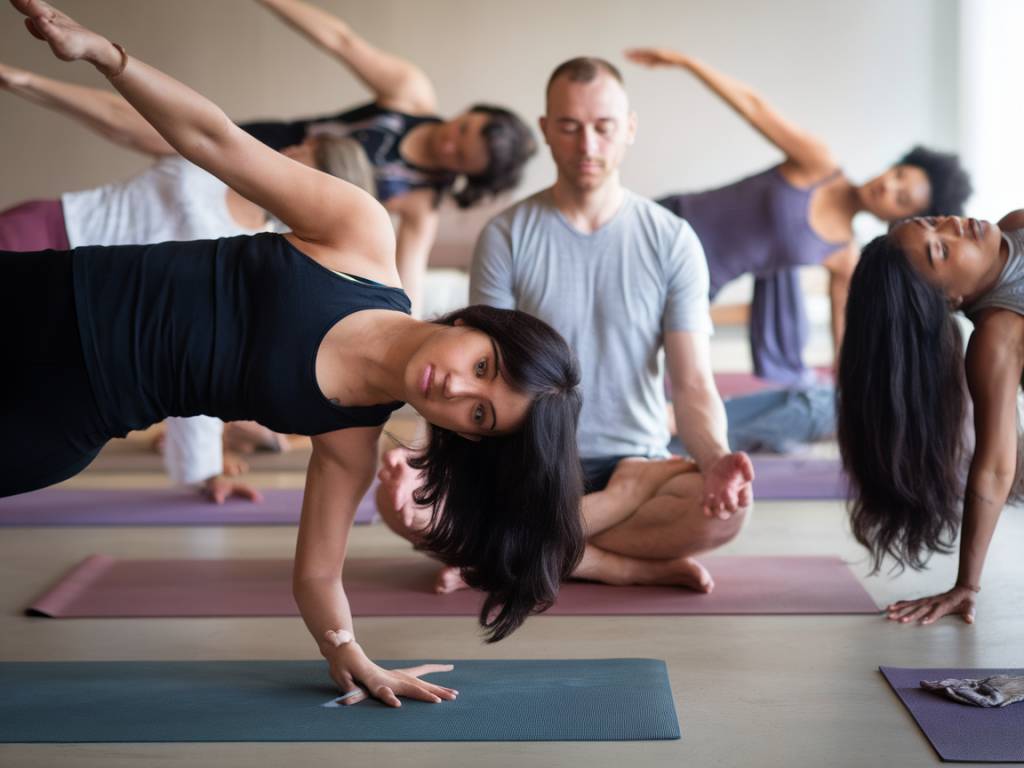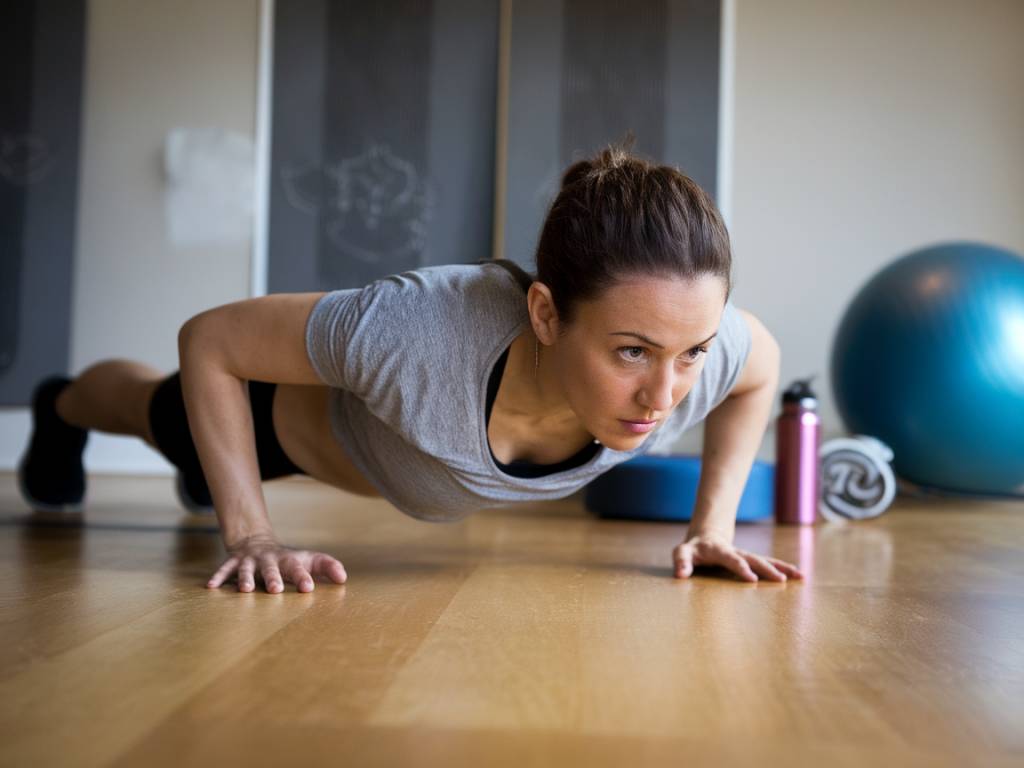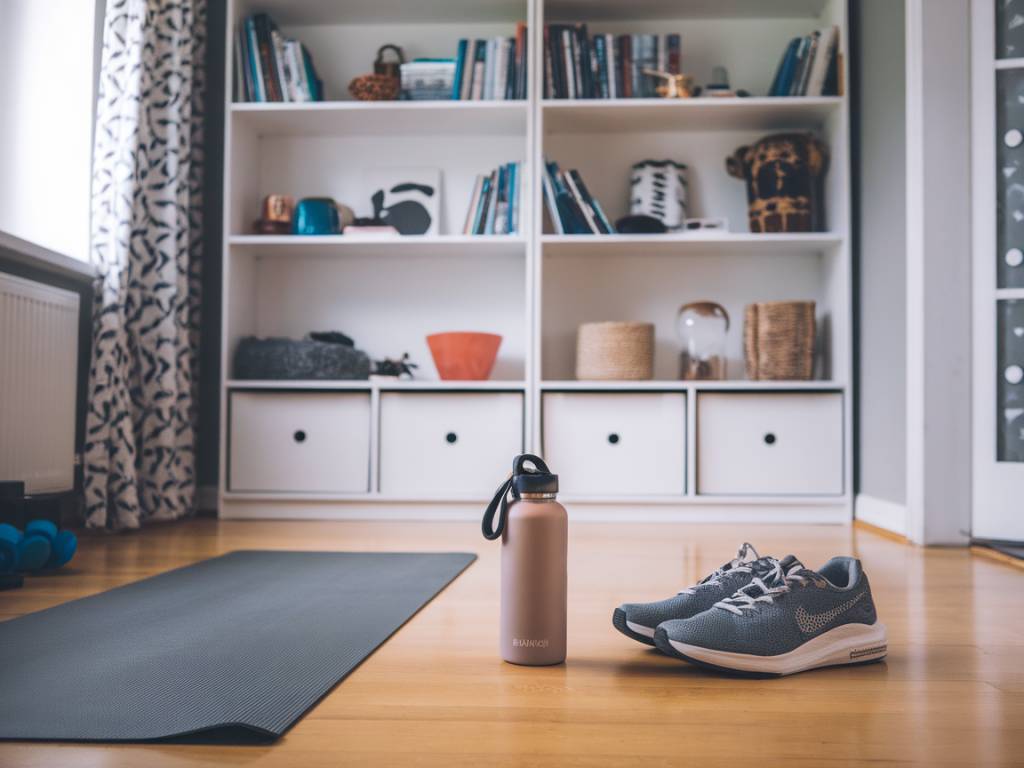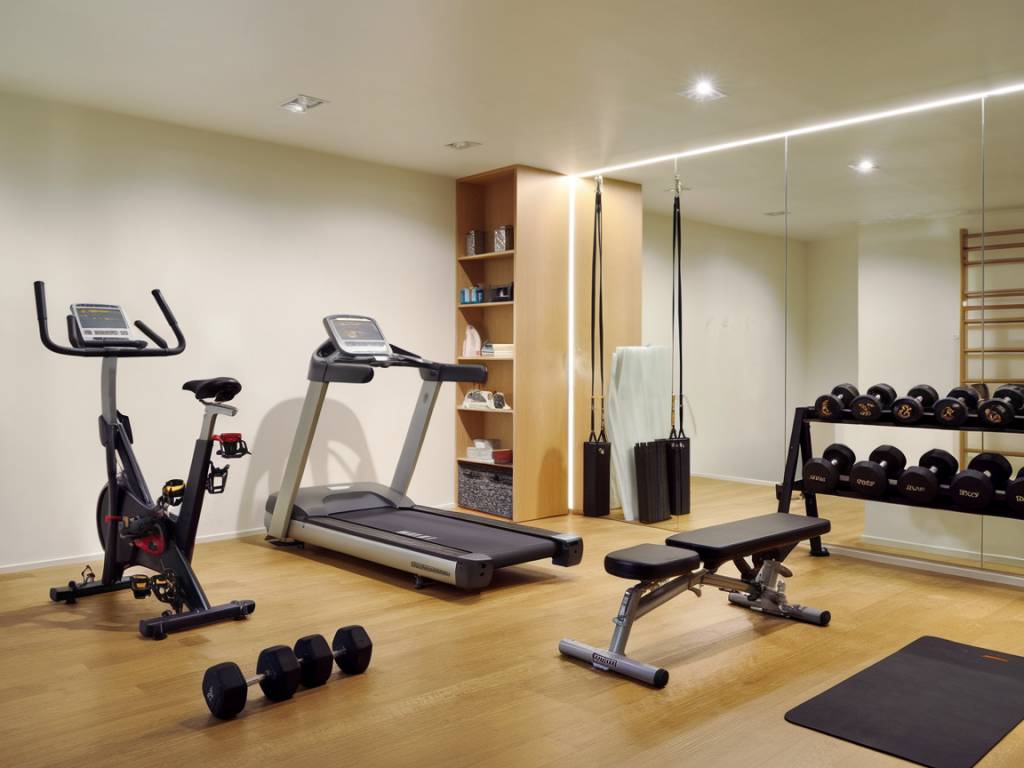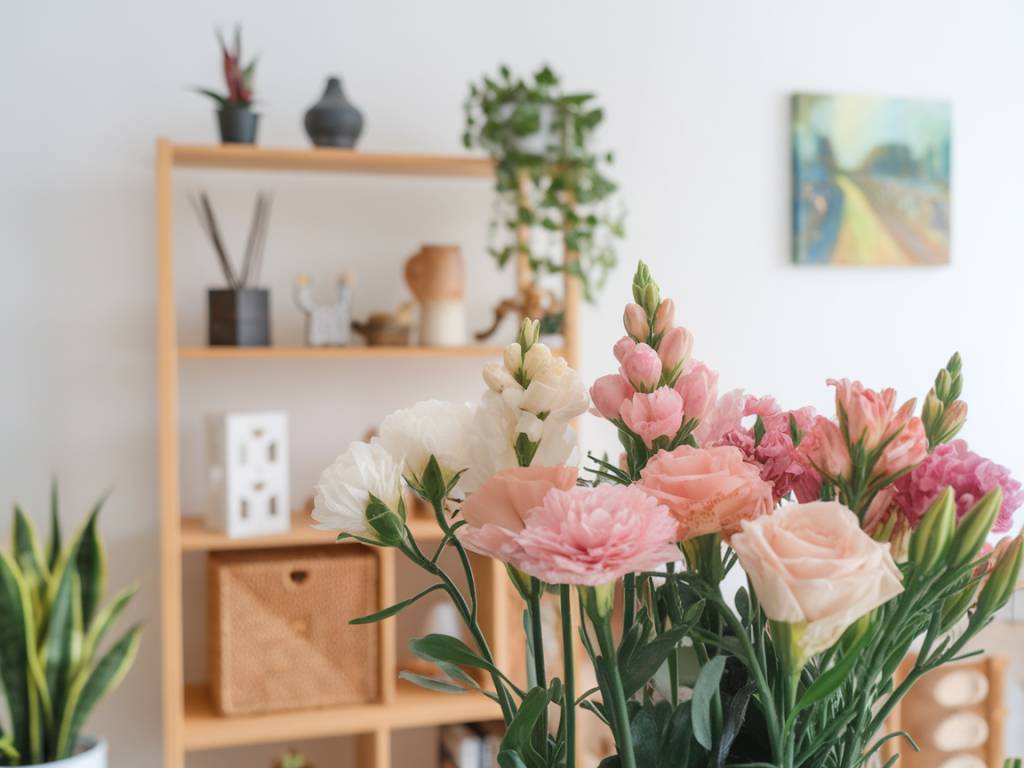Understanding the Importance of Flexibility
Flexibility is a crucial component of overall fitness, yet it is often overlooked. Improved flexibility not only enhances your range of motion but also reduces the risk of injuries and alleviates muscle tension. Incorporating daily stretching into your routine can lead to better posture, increased circulation, and even stress relief. This guide will help you understand how to start a daily stretching routine to improve your flexibility.
Assessing Your Current Flexibility
Before diving into a new stretching routine, it’s essential to assess your current level of flexibility. This will help you tailor your stretches to your individual needs and track your progress over time. Here are a few simple tests to measure your baseline flexibility:
- Forward Bend: Stand with your feet shoulder-width apart and slowly bend forward at the hips. Try to touch your toes. Note the point you can reach without bending your knees.
- Quadriceps Flexibility: Stand on one leg, grab your ankle, and pull your heel toward your glutes. Repeat on the other side.
- Shoulder Flexibility: Reach one arm over your shoulder and the other arm behind your back, trying to clasp your hands. Switch sides and note the difference in flexibility.
Setting Realistic Goals
Setting achievable goals is an essential part of any fitness routine. When it comes to flexibility, consistency is key. Start by setting small, manageable goals, such as touching your toes or improving your range of motion in a specific joint. Gradually increase the intensity and duration of your stretches as your flexibility improves. Remember that progress takes time, and it’s important to listen to your body to avoid over-stretching and injuries.
Choosing the Right Time for Stretching
Finding the right time to stretch can significantly impact the effectiveness of your routine. While stretching can be done at any time, incorporating it into your morning routine can help to wake up your muscles and prepare your body for the day ahead. Alternatively, stretching in the evening can help to relieve tension accumulated throughout the day and promote relaxation before bed. Experiment with different times to find what works best for you.
Types of Stretches to Include
There are several types of stretches, each with its own benefits. Including a variety of stretches in your routine can help target different muscle groups and enhance overall flexibility. Here are some types of stretches to consider:
- Static Stretching: This involves holding a stretch for an extended period, typically between 15 to 60 seconds. It’s effective for lengthening muscles and improving overall flexibility.
- Dynamic Stretching: This type of stretching involves moving parts of your body through their full range of motion. It’s great for warming up muscles before physical activity.
- PNF Stretching: Proprioceptive Neuromuscular Facilitation (PNF) involves a combination of stretching and contracting muscles. It’s often used to improve flexibility in specific muscle groups.
- Ballistic Stretching: This involves rapid, bouncing movements to push muscles beyond their normal range of motion. It’s more advanced and should be done with caution to avoid injury.
Sample Daily Stretching Routine
Creating a well-rounded stretching routine is essential for improving flexibility. Here’s a sample daily stretching routine that targets various muscle groups:
- Neck Stretch: Gently tilt your head to one side, bringing your ear toward your shoulder. Hold for 15-30 seconds and repeat on the opposite side.
- Shoulder Stretch: Bring one arm across your chest and hold it with your opposite hand. Hold for 15-30 seconds and switch sides.
- Side Stretch: Stand with your feet shoulder-width apart. Extend one arm overhead and lean to the opposite side. Hold for 15-30 seconds and switch sides.
- Hamstring Stretch: Sit on the floor with one leg extended and the other bent. Reach towards your toes and hold for 15-30 seconds. Switch legs.
- Quad Stretch: Stand on one leg, grab your ankle, and pull your heel toward your glutes. Hold for 15-30 seconds and switch legs.
- Calf Stretch: Stand with one foot forward and the other back. Bend your front knee while keeping your back leg straight. Hold for 15-30 seconds and switch legs.
- Hip Flexor Stretch: Kneel on one knee and push your hips forward gently. Hold for 15-30 seconds and switch legs.
- Child’s Pose: Kneel on the floor, sit back on your heels, and stretch your arms forward. Hold for 15-30 seconds.
Tips for Effective Stretching
To get the most out of your daily stretching routine, it’s important to follow some best practices. Here are several tips to help you stretch effectively:
- Warm-Up Before Stretching: Stretching cold muscles can increase the risk of injury. Consider warming up with light cardio, such as walking or jogging, for 5-10 minutes before stretching.
- Breathe Deeply: Proper breathing helps to relax your muscles and makes your stretches more effective. Take deep, steady breaths while stretching.
- Listen to Your Body: Stretching should never be painful. If you feel any sharp or intense pain, ease off the stretch immediately.
- Consistency is Key: To see real improvements in flexibility, it’s important to stretch daily or at least several times a week.
- Use Proper Form: Improper stretching techniques can lead to injuries. Make sure to maintain good posture and alignment during each stretch.
- Progress Gradually: Flexibility improvement takes time. Gradually increase the duration and intensity of your stretches.
Incorporating Flexibility Tools
Incorporating tools and props into your stretching routine can enhance your flexibility and provide additional benefits. Some useful tools include:
- Resistance Bands: These can provide added resistance to your stretches, helping to deepen the stretch and improve flexibility.
- Foam Rollers: Utilizing foam rollers can help to release muscle tension and improve circulation, making your stretches more effective.
- Yoga Blocks: These can assist in maintaining proper alignment and reaching further in certain poses.
- Stretch Straps: These are particularly useful for targeting hard-to-reach muscles and improving flexibility in specific areas.
Tracking Your Progress
Tracking your progress is motivating and helps you remain consistent with your routine. Consider keeping a stretching journal to document the stretches you perform, their duration, and any improvements in flexibility. Take periodic photos or videos to visually track your progress and celebrate your achievements. Tracking your progress can also help you identify areas that may need more focus.
Additional Considerations
Starting a daily stretching routine is a rewarding commitment that can lead to significant health benefits. However, there are a few additional considerations to keep in mind:
- Hydration: Proper hydration is essential for muscle function and flexibility. Ensure you drink plenty of water throughout the day.
- Nutrition: A balanced diet rich in vitamins and minerals supports muscle health. Consider incorporating foods high in vitamins C and E, magnesium, and omega-3 fatty acids.
- Professional Guidance: If you’re new to stretching or have specific flexibility goals, consider seeking guidance from a fitness professional or physical therapist.
By following these guidelines and consistently incorporating stretching into your daily routine, you can significantly improve your flexibility, reduce the risk of injury, and enhance your overall well-being. Remember, every small step you take towards increased flexibility is a step towards better health and longevity.

